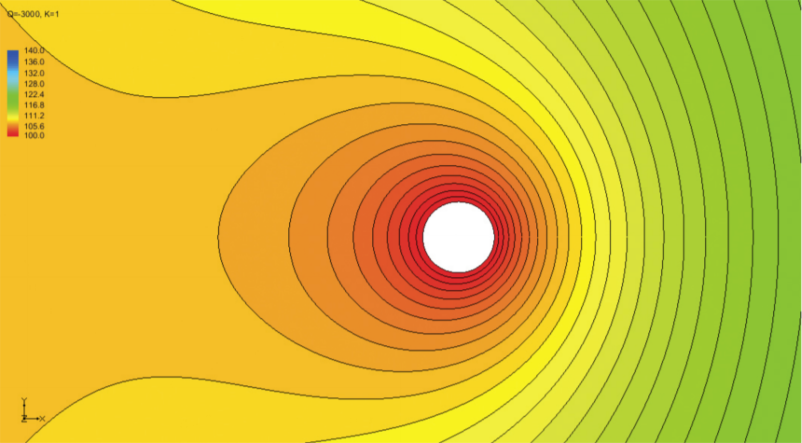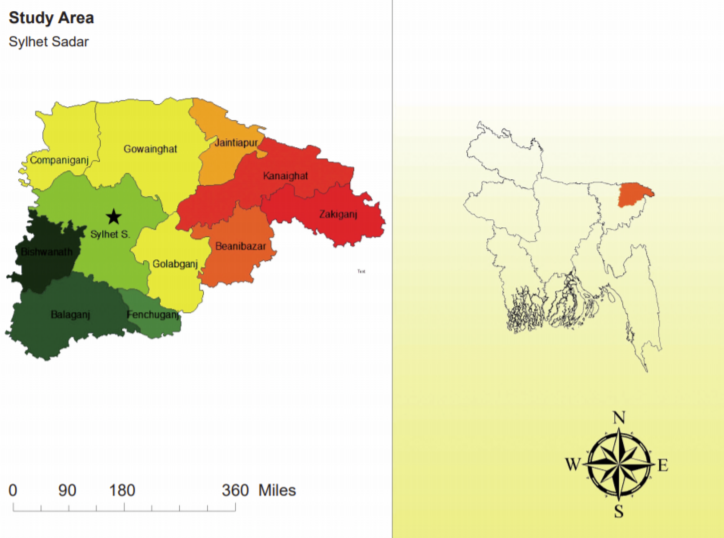2020 Vol. 8, No. 2
Display Method:
2020, 8(2): 108-117.
doi: 10.19637/j.cnki.2305-7068.2020.02.002
Abstract:
2020, 8(2): 127-133.
doi: 10.19637/j.cnki.2305-7068.2020.02.004
Abstract:
2020, 8(2): 134-142.
doi: 10.19637/j.cnki.2305-7068.2020.02.005
Abstract:
2020, 8(2): 143-157.
doi: 10.19637/j.cnki.2305-7068.2020.02.006
Abstract:
2020, 8(2): 158-171.
doi: 10.19637/j.cnki.2305-7068.2020.02.007
Abstract:
2020, 8(2): 172-179.
doi: 10.19637/j.cnki.2305-7068.2020.02.008
Abstract:
2020, 8(2): 180-194.
doi: 10.19637/j.cnki.2305-7068.2020.02.009
Abstract:
 E-mail alert
E-mail alert Rss
Rss



 Online Submission
Online Submission Peer Review
Peer Review Office Work
Office Work Editor-in-chief
Editor-in-chief News
News Download
Download Links
Links





